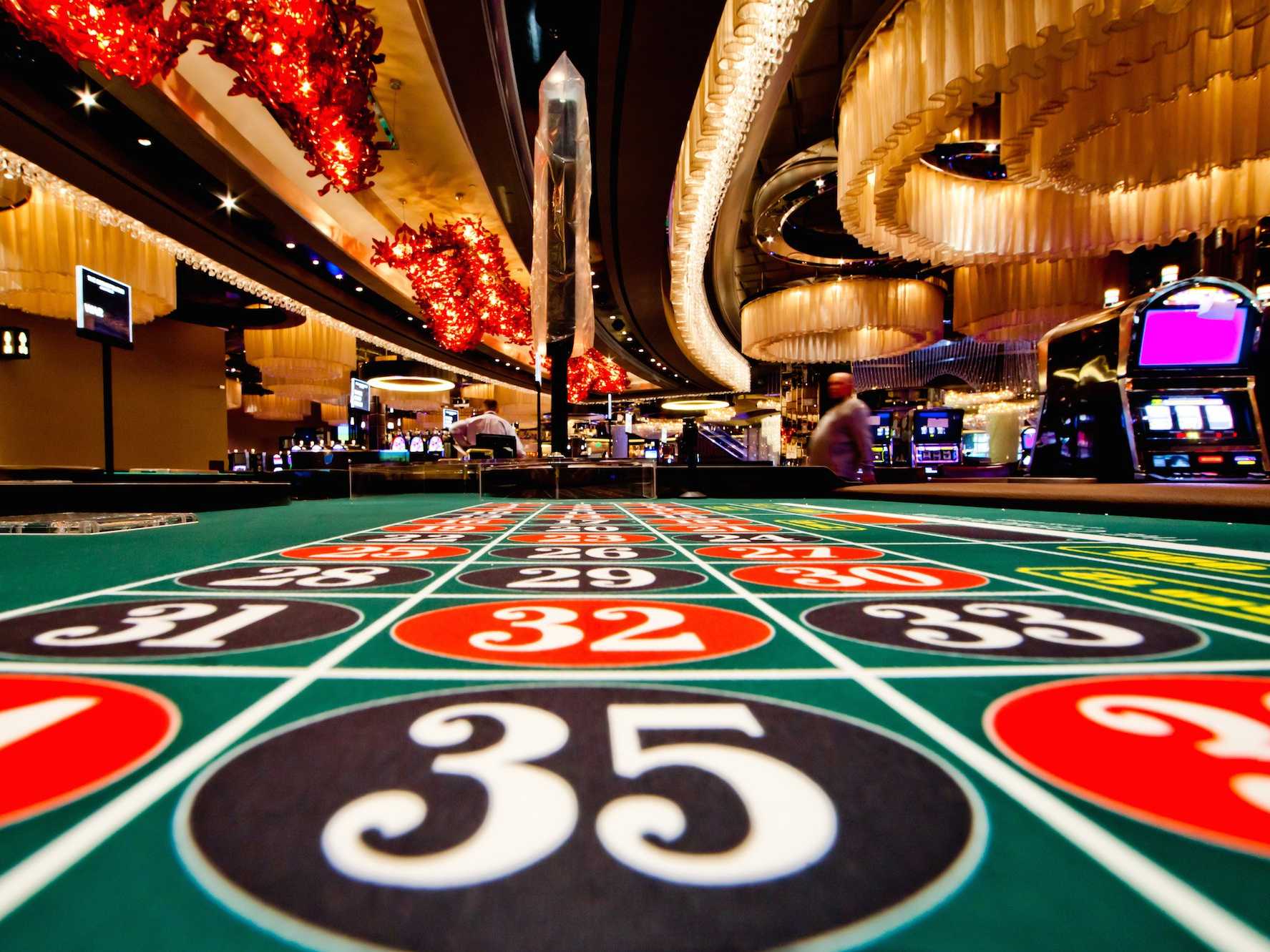
Gambling games have been a source amusement and thrill for numerous players around the globe. One of the key components that renders these games captivating is the diversity of cards used in different kinds of games. Understanding the various kinds of cards can improve your experience and improve your gameplay approaches. Whether you are attracted to classic card games like Texas Hold’em and 21 or newer casino offerings, each game relies on a distinct set of cards that affects the regulations and the rhythm of play.
In casino environments, cards appear in various styles, each tailored to meet the requirements of specific games. From standard decks to custom card variations, the diversity plays a crucial role in molding the dynamics of each game. By acquainting yourself with these cards and their applications, you can achieve deeper insights into the games and make better decisions at the table. Nhà Cái bj88 This knowledge not just enhances your gaming experience but also adds to a higher-level approach to your chances of winning.
Types of Playing Cards
When discussing casino games, the type of playing cards used can greatly impact the gameplay and tactics. The most common deck is the traditional 52-card deck, which consists of 4 suits: diamonds, clubs. Each suit contains 13 ranks, from Ace to king. This standard deck is essential in numerous games, such as poker, where gamblers aim to create the best hand possible or get as close to 21 as they can.
Some casino games use special decks specifically designed for those games. For example, the popular game of baccarat often uses multiple decks combined, typically 6 or eight. This not only increases the difficulty of the game but also affects betting strategies, as participants must consider the higher number of cards in play. Additionally, certain games may bring in joker cards or wildcards, adding further diversity and thrill to the gambling experience.
In niche games, specialized decks may come into play. For instance, in games like Bridge or pinochle, players might use specific rules with different card values or roles. These variations keep the gameplay new and allow for varied strategies to appear. Understanding the different types of playing cards and their particular uses in various casino games is key to improving one’s gaming experience and boosting overall performance at the tables.
Card Variations in Casino Activities
In casino activities, the kind of deck used can significantly impact both the play and the strategies employed by participants. Most traditional playing card activities, such as blackjack and poker, typically use a standard 52-card deck. However, variations do exist where additional wild cards or even multiple decks are utilized. For example, in blackjack, some casinos may use one to eight decks, which can change the odds and the fundamental strategy needed to compete effectively. Participants must be cognizant of the deck makeup, as it influences the casino advantage.
Another frequent variation in casino card games is the use of themed or custom decks. For example, some five-card draw activities might use a set of cards that includes unique images or patterns, which can enhance the environment at the table. These custom packs often serve to differentiate between different play formats or loyalty programs within the casino. While the standard rules of the activity remain the same, the visual appeal can influence player engagement and enjoyment.
Finally, the mixing techniques used with various kinds of decks can also impact gameplay. Casinos often utilize automatic mixing machines that can randomly shuffle multiple packs effectively, making hand counting more difficult. The rate and method of mixing can differ widely based on the game and the casino’s policies. Comprehending these deck variations is important for any player seeking to improve their tactics and overall satisfaction in casino games.
Significance of Cards Values
In gambling games, the significance of each playing card plays a crucial role in influencing the outcome of multiple games. Distinct activities assign distinct values to cards, influencing strategies and player decisions. For instance, in 21, cards numbered two through 10 are rated at their actual worth, while court cards hold a worth of 10, and the ace can be valued as 1 or eleven. Understanding these worths allows gamers to make knowledgeable decisions during play, boosting their chances of success.
Likewise, in poker, the value of card values extends to hand and hand hierarchies. High-value cards can form more powerful hands, such as two of a kind, straights, or flush hands, which are essential for winning in the game. Gamers must assess not only their personal cards but also potential hands their opponents might hold. This strategic complexity adds thrill and complexity, making card values a central factor in the appeal of poker appeal.
Additionally, the mental element of playing card values cannot be ignored. Gamers may use the awareness of card worths to bluff or confuse their opponents. By understanding how a playing card’s value can impact the game’s mechanics, gamers can more effectively manage risks and gains, creating a thrilling atmosphere in gambling games. Whether competing for fun or for real cash, awareness of card values significantly shapes the overall gaming encounter.
